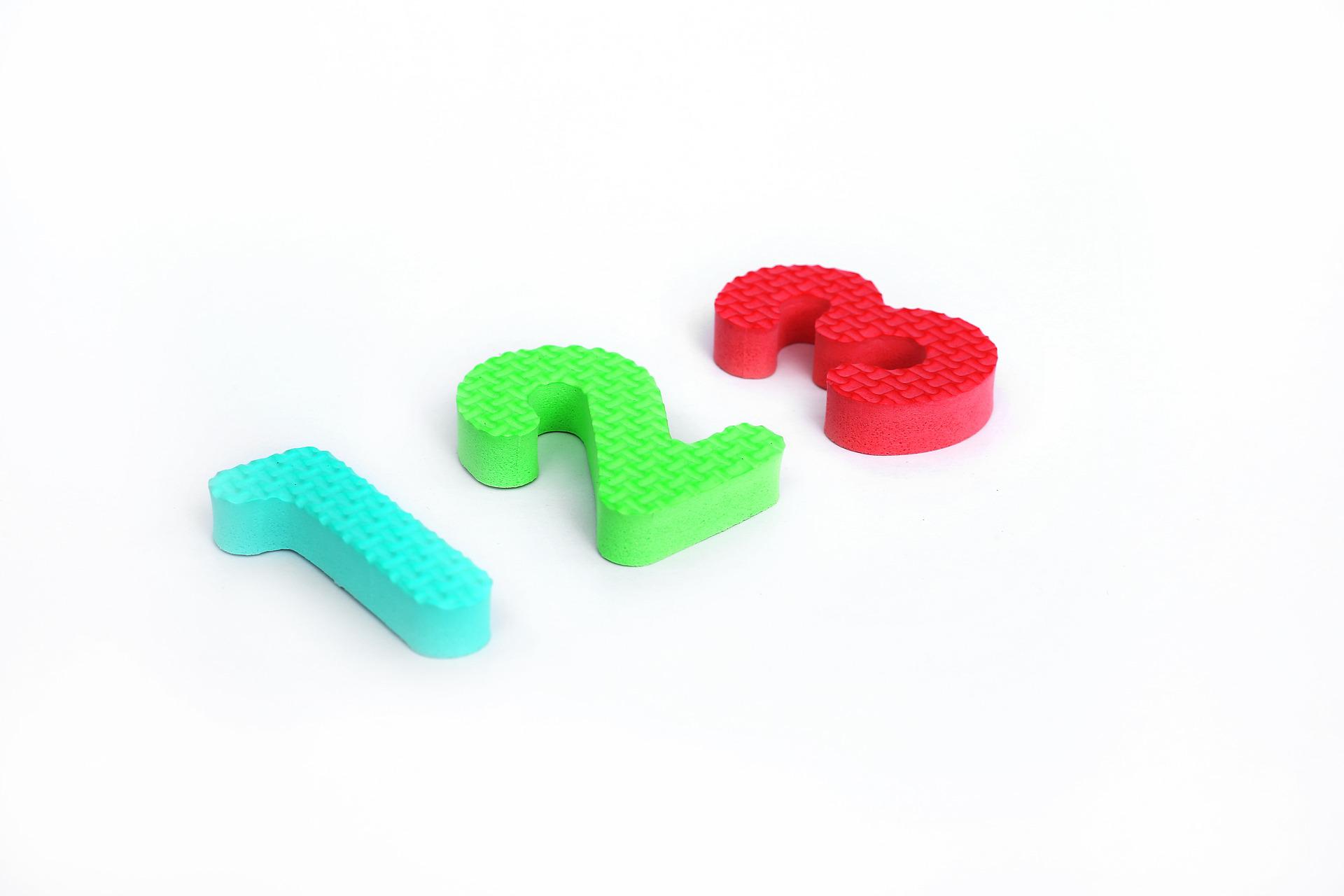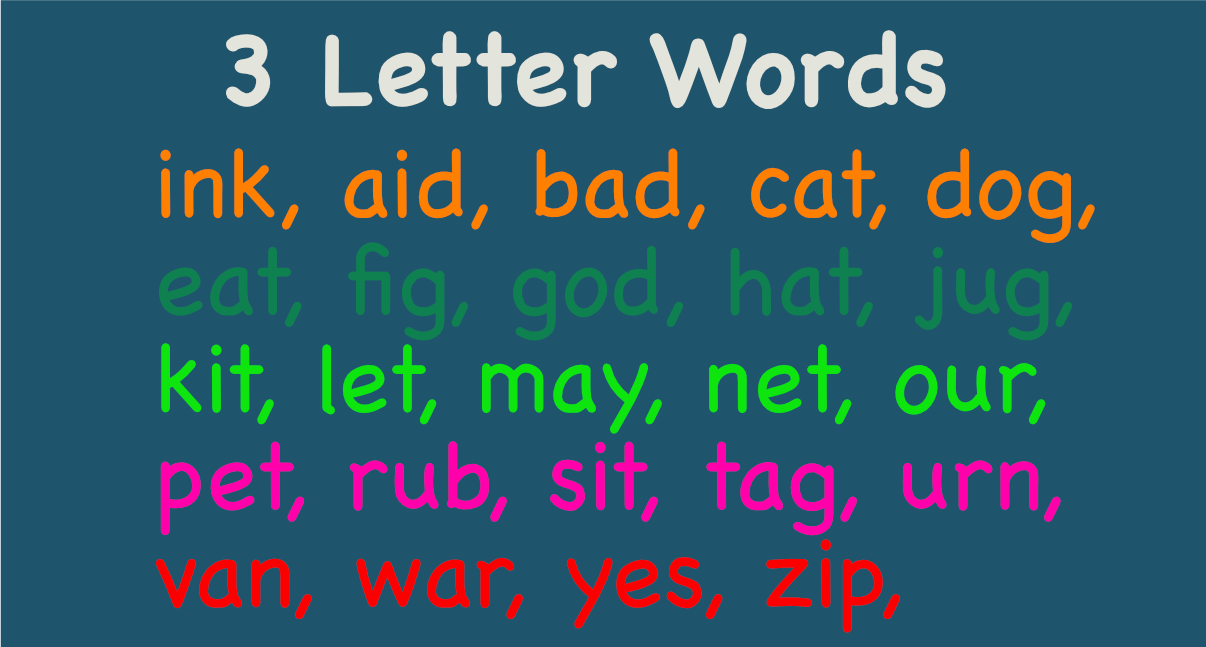
Toys are essential for the holistic development of your child.
One key question that parents have other than, which toys are the best for the development of a child, is, how many toys do toddlers need?
This post will help you answer the question.
Contents
There is No One Size Fits All
Depending on the size of the room and the amount of pieces in each toy, try to limit the number of toys that are immediately accessible to under four for a kid who is not yet mobile, under eight for a child who is crawling, and under twelve for a toddler.
The 20 Toys Rule
The 20-toy rule is one well-known suggestion that tackles this problem. Simply put, your child is only allowed to have 20 toys available at any given moment.
But given that it assumes a one-size-fits-all approach and isn’t grounded on genuine study or research, this seems to be extremely simplistic and constricting.
A study was conducted involving 1000 parents with kids aged 3-12 years old.
The study involve speaking with real American parents about the toys their kids play with, as well as their shopping preferences.
The results are shown on figure below

Source: PremiumJoy
Buying toys for your toddler can be a daunting task. But it is important to remember that you don’t need to buy dozens of different types of toys – just one or two of each type.
Whether you’re buying toys for pretend play, Open-ended play, or learning, make sure you only purchase the best quality ones.
A great way to find the right toys for your child is to look at the categories of toys that he or she already enjoys.
Get Age Appropriate Developmental Toys
Children develop different relationships with toys at different stages of their development.
Babies spend most of their time concentrating on people, and explore objects with their hands and mouths. But once they reach toddlerhood, they become more interested in toys.
Open-ended toys are an excellent choice at this stage. They can be anything from stuffed animals or wooden rings to dolls.
These toys can grow with your child. They can be used to teach them how to solve problems, and they can keep growing with your child.
It is best to get your baby a colorful toy that stimulates the senses. Baby’s eyesight is still developing, so bright, boldly-patterned toys can stimulate their vision.
You don’t have to buy expensive toys either; home-made toys and household objects can be just as beneficial.
Rattles are excellent learning toys that help babies develop hand and eye coordination. Babies also love rattles and rattle-like objects.
Avoid Duplicates
Toy clutter is obvious when your child plays with the same toys over. If you notice that there are a lot of duplicates, it’s time to get rid of them. Instead, buy one or two sets of each type of toy.
You can also buy a set of pretend vegetables or cookware to encourage your child’s imagination. This way, you can choose which toys to keep and which ones to give away.
After a few weeks of parenting, you begin to realize that having toys is more than a fun activity.
It is a crucial part of the child’s development. So it’s important to buy the right kinds of toys for your toddler.
There are so many toys on the market, it’s impossible to keep them all! You’ll end up with a room filled with toys that you’re not sure are going to be used.
Open-Ended Toys
When choosing a toddler’s toys, you should look for toys that promote creative play and interaction.
Open-ended toys require less interaction and provide more opportunity for imagination. Simple toys like play dough and Legos don’t require much interaction but can still be entertaining.
In order to find the right toys for your child, you should choose a variety of materials and shapes that are appealing to toddlers.
The best toys for toddlers include puzzles and board games.
Open-ended toys help your child develop life skills, such as problem-solving, empathy, and communication.
In contrast, “one-and-done” toys can’t help your child grow past a certain stage. Your child may love a light-up toy now, but it won’t be his favorite by age four.
Open-ended toys help your child develop a range of skills that will benefit him or her throughout the rest of his or her life.
Playsilks are another great option. These sturdy toys encourage movement and playtime.
They’re also great for hiding and peek-a-boo games. As your child gets older, she can even pretend to be another person or a different animal.
Playing with these toys is a great way for your child to learn through play, and they’re also great for social skills and building self-esteem.
Besides being great for pretend play, two-year-olds love building things and transporting them. For example, a toddler can build a train with a Hot Wheels track.
Construction trucks are great for sensory play and open-ended play. And you can even use them as a fort if you have a blanket or a sheet nearby.
If you’re unsure of how many open-ended toys a toddler needs, don’t worry – there are plenty of educational toys that are appropriate for this stage.
Pretend Play
There are no rules as to how many pretend play toys your child needs. The most important thing is to let your child lead the play; directing it can actually hinder their development.
Offer prompts, but don’t try to control their play. Encourage imaginative play with a variety of toys, and add props to the mix. Some toys are better suited for pretend play than others, so choose them accordingly.
Children begin engaging in pretend play around age one. They start passing empty cups to other children, acting out bedtime routines, and even storytelling.
This kind of play is essential for their development. As they get older, they will also involve other people in the play. It is a natural progression.
As your child gets older, he or she will be able to engage in more complicated pretend play.
However, you don’t have to purchase elaborate playsets for your child. A simple teepee or a toy kitchen can provide hours of entertainment.
Besides being a fun way to pass the time, pretend play also helps a child develop language skills.
They are able to learn new words and even take turns. Playing with others helps them learn social skills and empathy.
They will also learn about different situations and develop their own ideas. Playing with pretend toys also helps children learn about other cultures and their own feelings.
This is a great way to foster your child’s imagination.
When it comes to choosing a set of pretend play toys, try to avoid buying duplicates of the same kind.
A toddler’s play room needs one or two of each type of toy, but it doesn’t need to be filled with hundreds of similar items. Instead, opt for a few high-quality toys in each category and a variety of accessories.
Besides encouraging creativity and imaginative play, pretend play allows kids to practice important skills that will benefit them for the rest of their lives.
Learning Toys
There are several types of learning toys for toddlers, and choosing the right one for your child will depend on their interests and developmental stage.
Some toys are more educational than others, and can be entertaining for your child while also teaching them the fundamentals of cause-and-effect learning.
For example, a child who loves animals may love to play with stuffed animals. Other toys are more fun and engaging, but may not teach your child natural associations.
A good first set of learning toys is one that teaches your child some basic concepts, such as stacking blocks.
This is important because many kids develop their cognitive skills by playing with “real” objects, such as puzzles. They learn spatial relationships, and they can practice their fine motor skills with building blocks.
This kind of play can prepare them for school and other activities, such as reading.
However, it is important to remember that learning toys are not necessarily necessary for toddlers to grow up to become successful learners.
Another useful toy for toddlers is a memory game. A good game like Banana Panda helps them to develop their concentration and memory. This simple game also helps them learn new words and sounds. The best part is that it is easy to learn and to use. Another good memory game is a flashcard set, such as Learnworx flashcards.
These come in a child-friendly box, and are suitable for children from two years old.
Make the Best Choice
Choosing the right learning toys is important. Make sure they are engaging and encourage your child to play.
Children learn better when they have a variety of toys that allow them to explore a variety of skills. Some of the most useful ones are those that require your child to take action.
By making the process of learning more challenging, your toddler will be more likely to stay engaged and interested in the game.
Aside from that, choosing the right learning toys is important so that your child can develop important skills and grow up with joy.
Bright, Vibrant Toys
Toys for toddlers should be bright and colorful. Toys with pictures of familiar objects are especially appealing.
They should also be sturdy and soft with rounded edges for ease of grasping and manipulation. Choosing toys for toddlers is an important decision as they will continue to grow and learn.
Bright, colorful toys will make your child happy and active. So, here are some ideas for bright and colorful toys for toddlers.
MAGICCLUB beads: These toys are colorful and delightfully tactile. They are designed to provide hours of play.
Their unique shapes and colors help your child develop gross and fine motor skills. They also include tweezers and strainers.
The colorful, multicolored beads are made of super-absorbent polymers and sodium hydroxide. MAGICCLUB toys are also very safe for your toddler’s delicate skin.
Animal wooden puzzles: These colorful puzzles are made of high-quality environmental wood with smooth edges that are easy to grasp.
A set of 4 cute animal puzzles will help your child learn about animals as they play.
The colorful puzzles also improve concentration, problem-solving skills, and attention span. And if you are worried about safety, you can choose one of the many safety-certified wooden puzzles.
The puzzles are also made of non-toxic BPA.
Colorful toys: Children take in the world through their eyes. Bright colors help them differentiate between objects and help them categorize them.
Children are fascinated by colors, and bright colors are most appealing for this age group.
They also have a more intuitive sense of what they see. This is why bright colors are attractive to toddlers. They make them happy, and you can help them understand the world around them by giving them colorful toys.
Final Thoughts
Make the best choice for your child’s toy. Don’t overwhelm the little human with too many toys. Go for a decent number.
Also focus on age appropriate toys that will enhance the developmental strides of your child. All the best.



